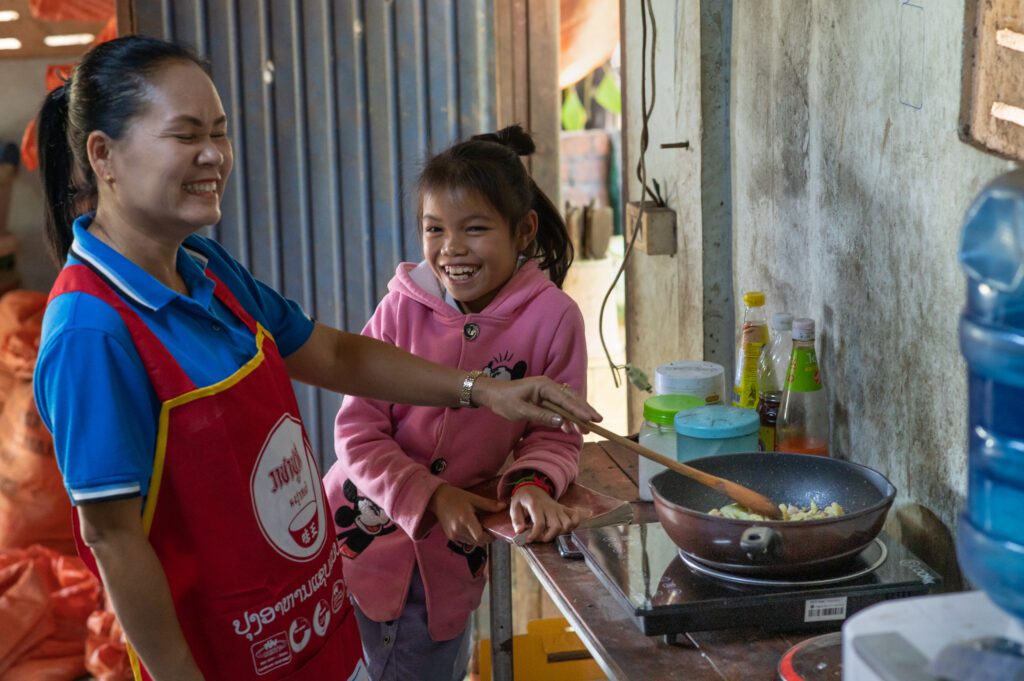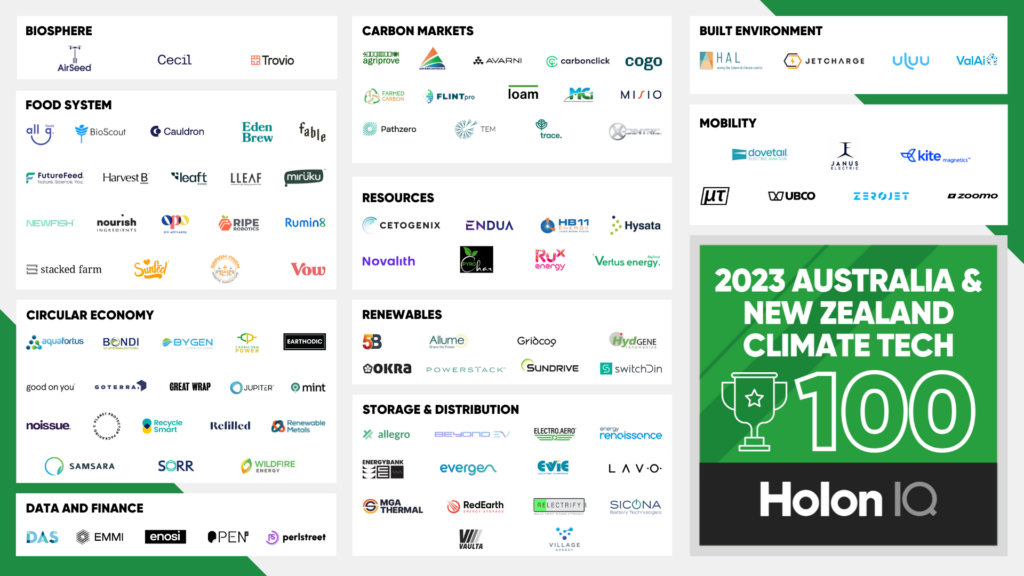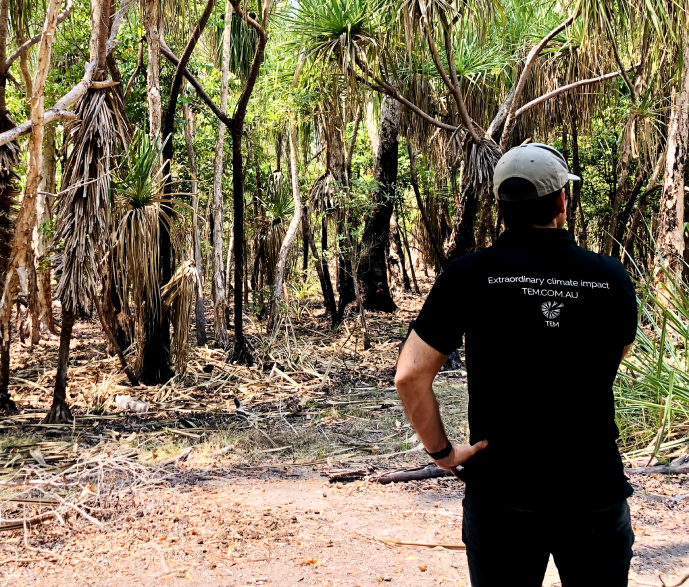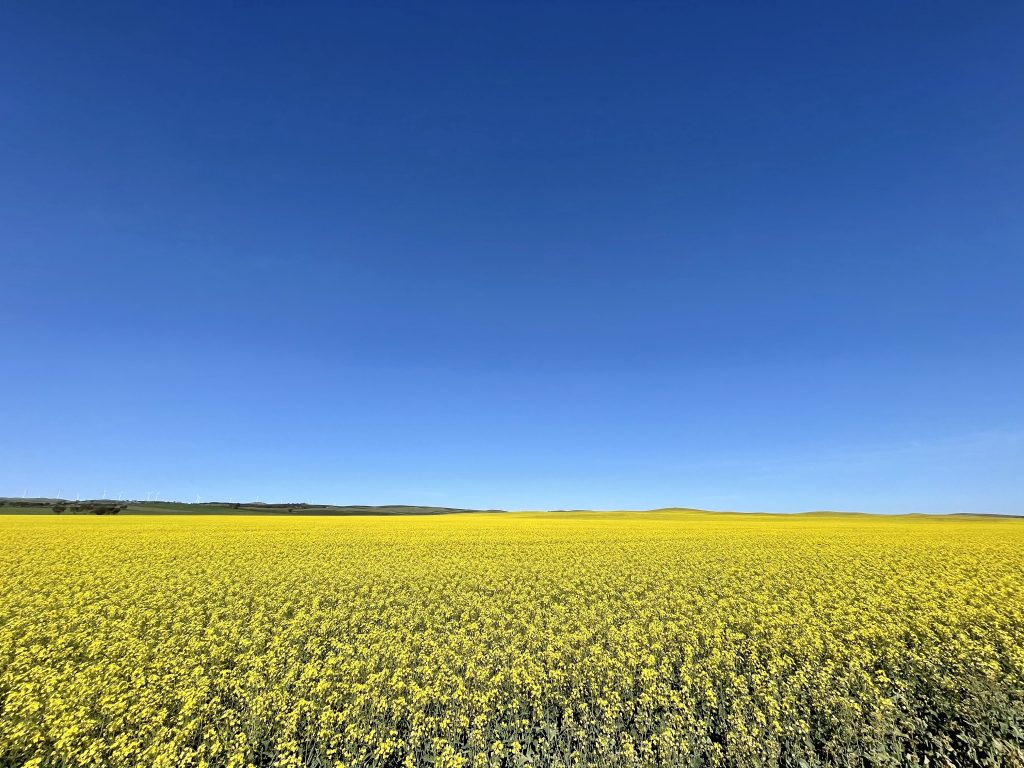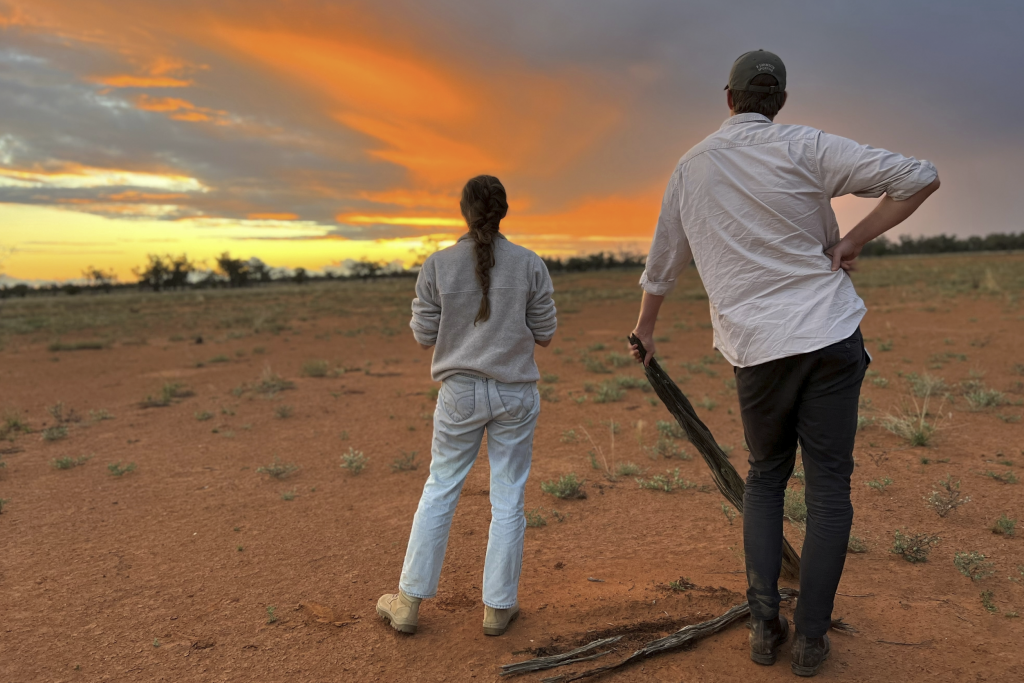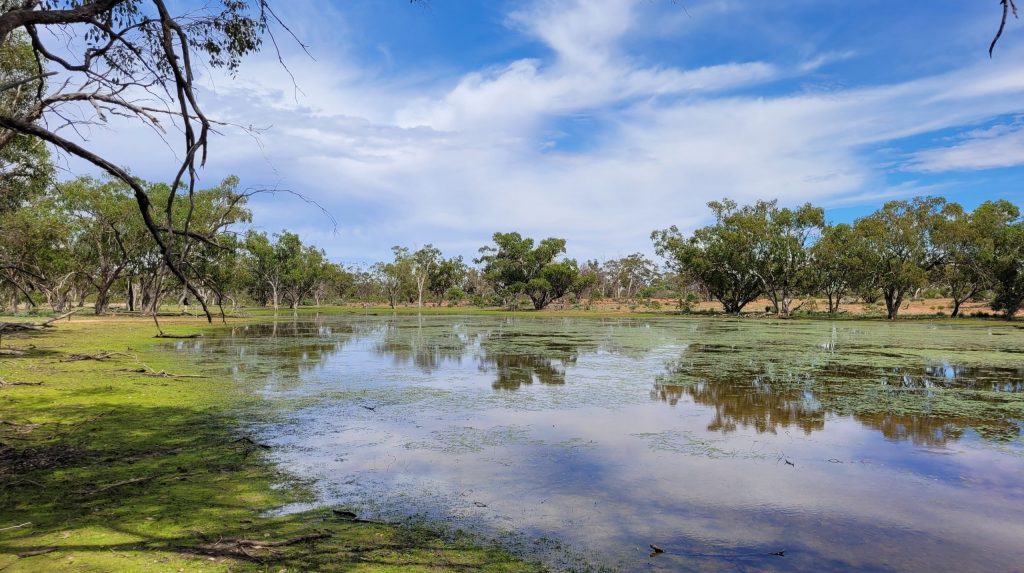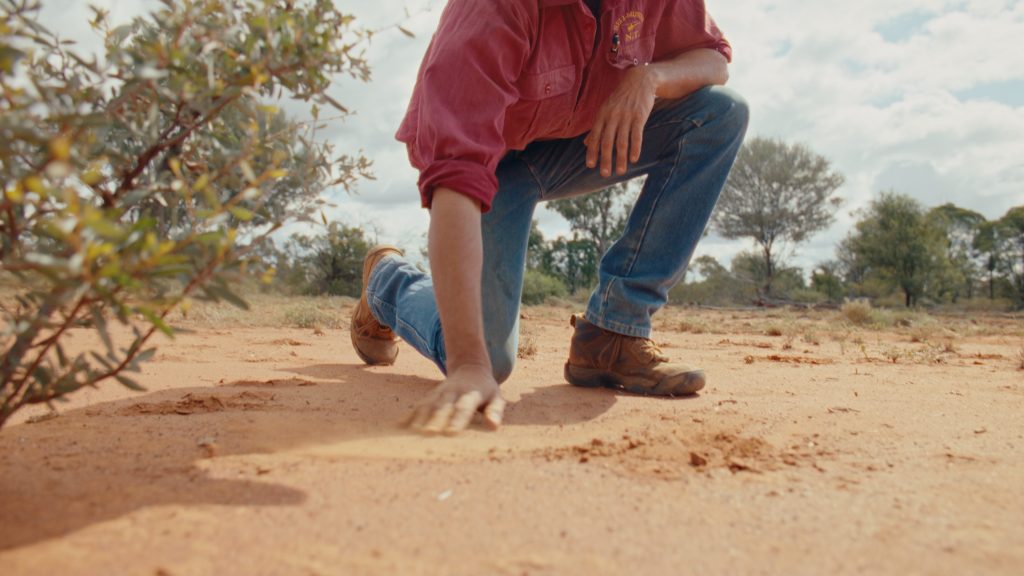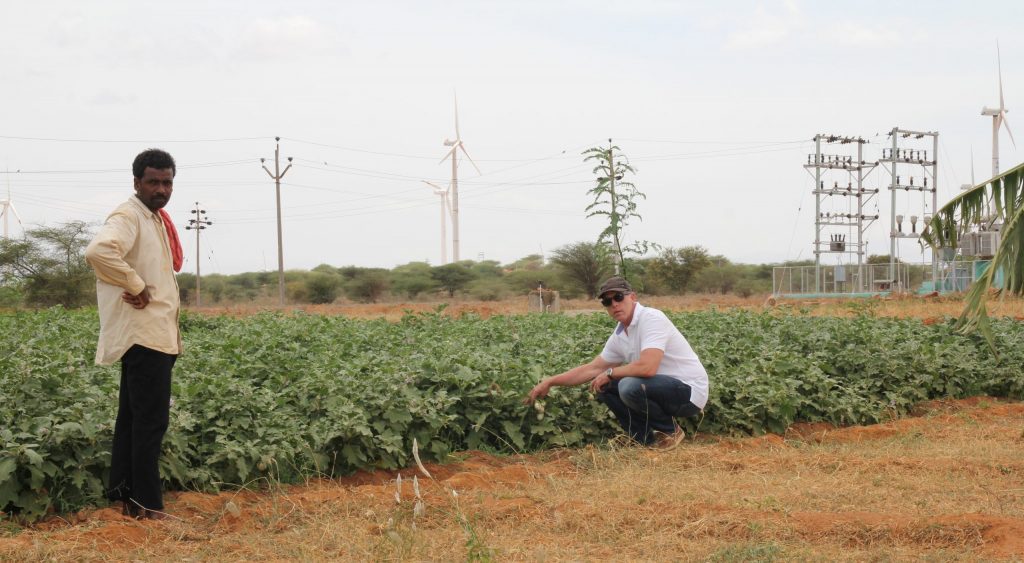Based off the Whitepaper published by Wilderlands on how biodiversity credits work
Wilderlands has developed a ‘nature-based credit system’ to direct financing to create lasting impact and conserve Australia’s unique Biodiversity. This is facilitated by purchasing a Biological Biodiversity Unit (BDU) – each BDU symbolizes a single square meter (1m x 1m) of land with significant strategic conservation importance. These BDUs are spatially registered (georeferenced) and translate into practical conservation efforts and legal measures for protecting and preserving the land. Similar to Carbon Credits, the investment is typically unit based, where an approved process, project or activity delivers an environmental improvement (compared to a base case scenario). Selected projects represent permanent protection, support first nations access and opportunity, and are practical and adaptive. The transaction is authenticated by an independent third-party registry.
Addressing climate change and biodiversity loss must be approached in tandem. With carbon credits gaining wider acceptance, there’s a growing demand to invest in preserving ecosystems and their services. Biodiversity decline has emerged as a critical threat to our planetary boundaries, with species facing extinction rates unprecedented since the last global mass extinction event. Currently, these rates are estimated to be 100 to 1000 times higher than what is considered natural. There’s mounting evidence that this trend could significantly disrupt Earth’s systems, exacerbating vulnerabilities in terrestrial and aquatic ecosystems to shifts in climate and ocean acidity, among other planetary boundaries.
Unlike compliance markets, BDUs are not designed as a direct offset for biodiversity or habitat loss. Rather, they are a mechanism to support net biodiversity gain and contribute towards the global 30×30 target (the “30 x 30” goal of the Post-2020 Global Biodiversity Framework under the UN Convention on Biological Diversity describes protecting 30% of the world’s lands and seas).
Read more about protecting biodiversity and the full whitepaper here:





